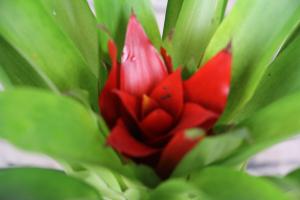How to Plant Olive Trees in South Africa
Olive trees can be a valuable addition to your South African property, providing not only delicious olives but also a picturesque and functional element to your landscape. With the right preparation and care, you can successfully plant and grow olive trees in South Africa. Here are some helpful tips:
Choosing the Right Variety
The first step in planting olive trees is to choose the right variety for your area. South Africa has a variety of climate conditions, so not all varieties will thrive in every region. Some popular varieties for South Africa include:
Frantoio
Leccino
Coratina
Mission
It’s important to do some research to find the best variety for your specific location, as each variety has different requirements for soil, sun exposure, and water.
Preparing the Soil
Olive trees prefer soil that is well-drained and slightly alkaline. Before planting, it’s important to prepare the soil. Start by removing any weeds, rocks, or other debris from the planting area. Then, add some organic matter such as compost or manure to the soil to provide nutrients.
If your soil is too acidic, you can add lime to raise the pH level. You may also need to add some sand to improve drainage if your soil is heavy or clay-like.
Planting the Tree
Once you have prepared the soil, it’s time to plant the tree. Start by digging a hole that is twice the width of the tree’s root ball and slightly deeper. Gently remove the tree from its container or wrapping and place it in the hole.
Backfill the hole with soil and press down to make sure the tree is securely planted. Water the tree well, making sure the soil is thoroughly moistened.
Caring for the Tree
After planting, it’s important to continue to care for the tree so it can thrive. Olive trees need regular watering, especially during hot and dry weather. However, they also require good drainage to prevent root rot.
It’s also important to fertilize the tree regularly, using a balanced fertilizer with nitrogen, phosphorus, and potassium. Pruning is also important to promote healthy growth and fruit production. Prune the tree in late winter or early spring, removing any dead or damaged branches and shaping the tree.
Conclusion
Planting olive trees in South Africa is a rewarding endeavor that can provide you with delicious olives and a beautiful addition to your property. By choosing the right variety, preparing the soil, and caring for the tree, you can enjoy a healthy and productive olive tree for years to come.

 how many times do yo...
how many times do yo... how many planted tre...
how many planted tre... how many pine trees ...
how many pine trees ... how many pecan trees...
how many pecan trees... how many plants comp...
how many plants comp... how many plants can ...
how many plants can ... how many plants and ...
how many plants and ... how many pepper plan...
how many pepper plan...
































